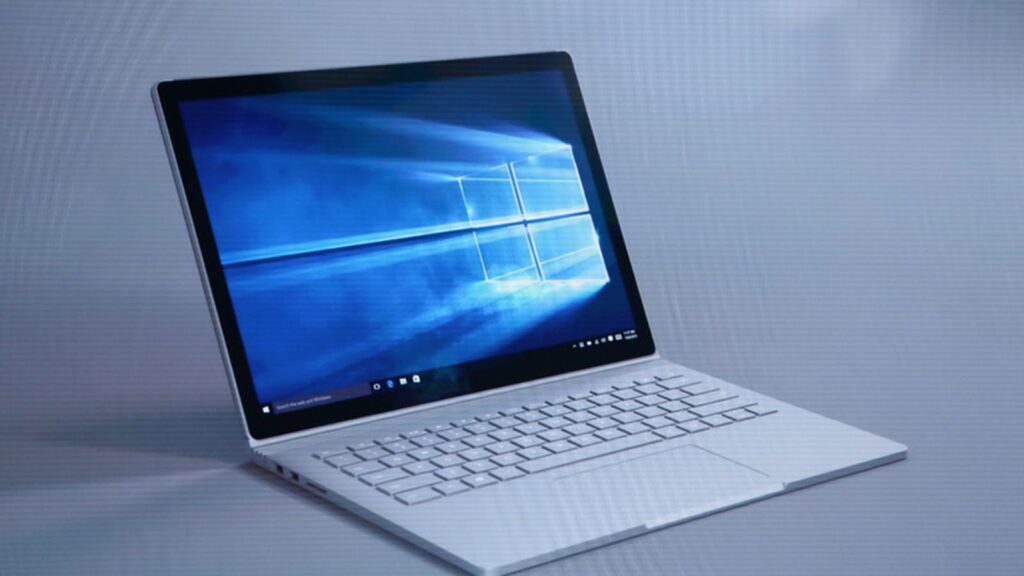How to Update Drivers on PC
Your computer cannot work with the components that allow you to interact with it and those components cannot work without a driver. A driver helps components like the keyboard, mouse communicate with your PC.
Drivers can prove as an issue as there are many sites that claim to have the suitable drivers for your system but only end up corruptiing your system. So you want to go to the right source to get your drivers.
In this article, we give you a guide on how to get drivers, and install them.
How to Update Drivers via Windows Update
There are many reasons why updating driver through Windows Update is the best method. Although newer driver may not get added here on time, it is an option worth going for. Since they are from your manufacturer, you are rest assured that the packages you’ll find there are the ones compatible with your machine. So you won’t fear updating the wrong version of a driver. Another reason is because you won’t risk downloading drivers with security threats as all drivers through this method have been tested, verified and signed by Microsoft.
The following steps will guide you on how to update drivers on your Windows system.
1. Launch the Settings app and click Update & Security.
2. Select Windows Update and click the Check for Updates button.
3. Select the View Optional Updates and next the Driver Updates tab.
4. Select the driver you wish to update and then hit the Download and Install button.
The new driver should now download and will be installed.
How to Update Drivers via Device Manager
It is also possible to update drivers via your computer Device Manager. There are two methods to this: Microsoft and Manufacturer
Microsoft
Follow the below steps to install drivers through the Microsoft Device Manager.
1. Right-click on the Start button and navigate to Device Manager.
2. There are arrow beside the hardware categories present on the page. Click that arrow button to bring up the components under the categories.
3. Next, you want to right-click on the device. From the pop-up menu, select Update Driver. Then, click the Search Automatically For Updated Driver option.
A search will be conducted to look for a driver suitable for that component. If there’s no new driver available, you’ll see a message, “The best drivers for your device are already installed.”
Manufacturer
1. Get to the Device Manager by right-clicking the Start option and selecting the option.
2. Expand the hardware category by clicking the Arrow beside them. You’ll able to see the components under them this way.
3. Right-click on the component and hit Update Driver from the resulting menu.
4. Next, click the Browse My Computer for Driver Software option on the next screen. Use the Browse button to open the File Explorer and look for the suitable driver for the component. Make sure you have the Include Subfolders option selected to let Windows get the correct INF file.
5. Proceed by clicking Next to install the update.
How to Rollback Driver Updates
If you’re looking to roll back an update and have an existing driver back, then we have the following steps for you. This can prove helpful when you encounter issues after a new update.
1. Launch the Device Manager. You can access it through the steps we described above or by pressing Win + X on your keyboard.
2. Double click on the problematic hardware and select Properties
3. Next, hit the option to rollback the driver.
How to Uninstall Drivers
If you no longer need a driver, you can simply uninstall it and the process is simple. Note that when you uninstall a driver, it may cause serious issues so make sure you’re sure you need to uninstall it.
Go through the same route as above and instead of clicking Rollback Driver, you click Uninstall Driver. Once it is uninstalled, restart your computer.
Rounding Up…
You can be sure that the drivers you download through any of the above options are safe to use. Also, the options provide a variety of ways to get the most suitable driver for your system. We hope you found this guide helpful? If you did, kindly leave a comment and don’t forget to share.
